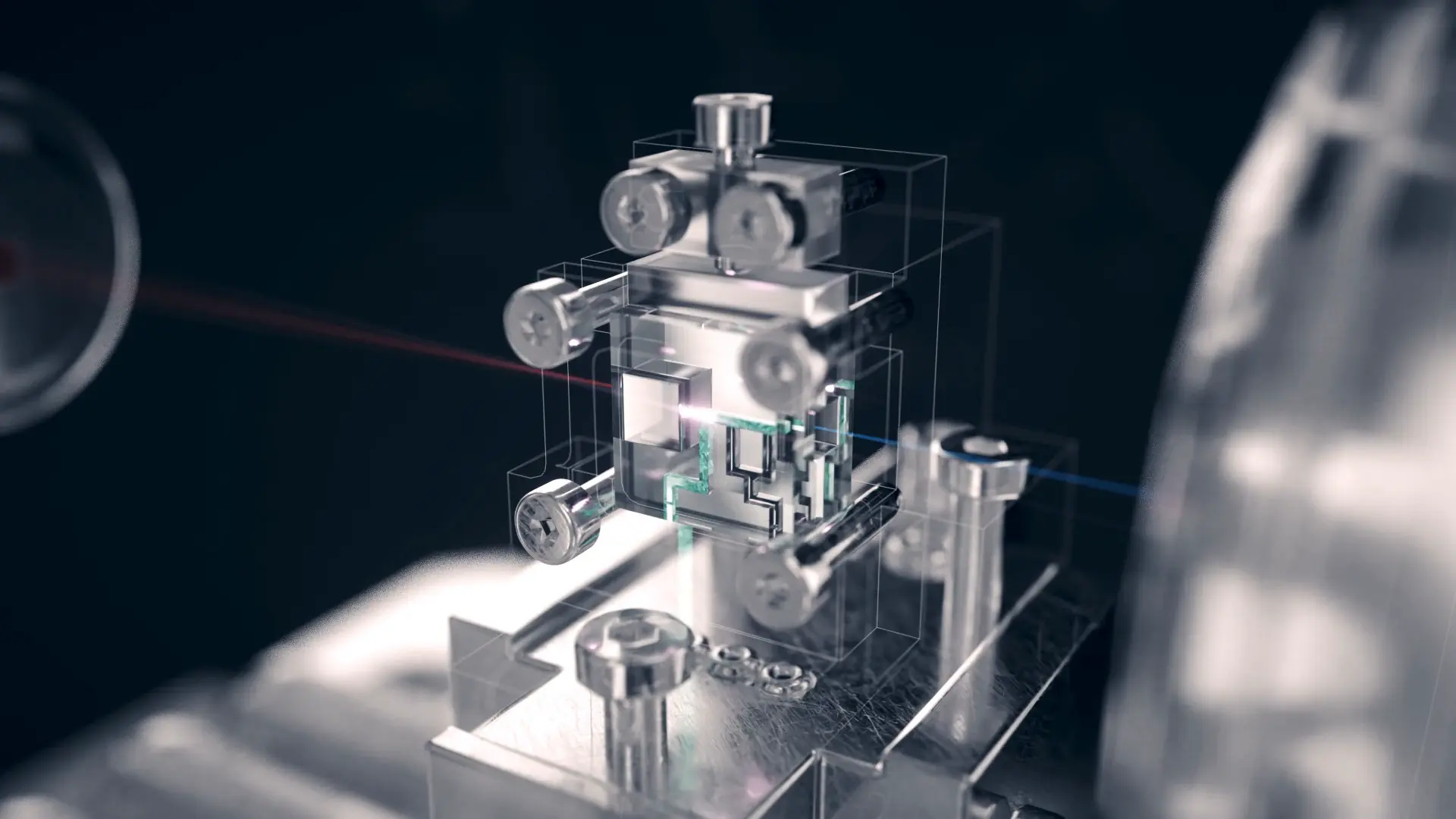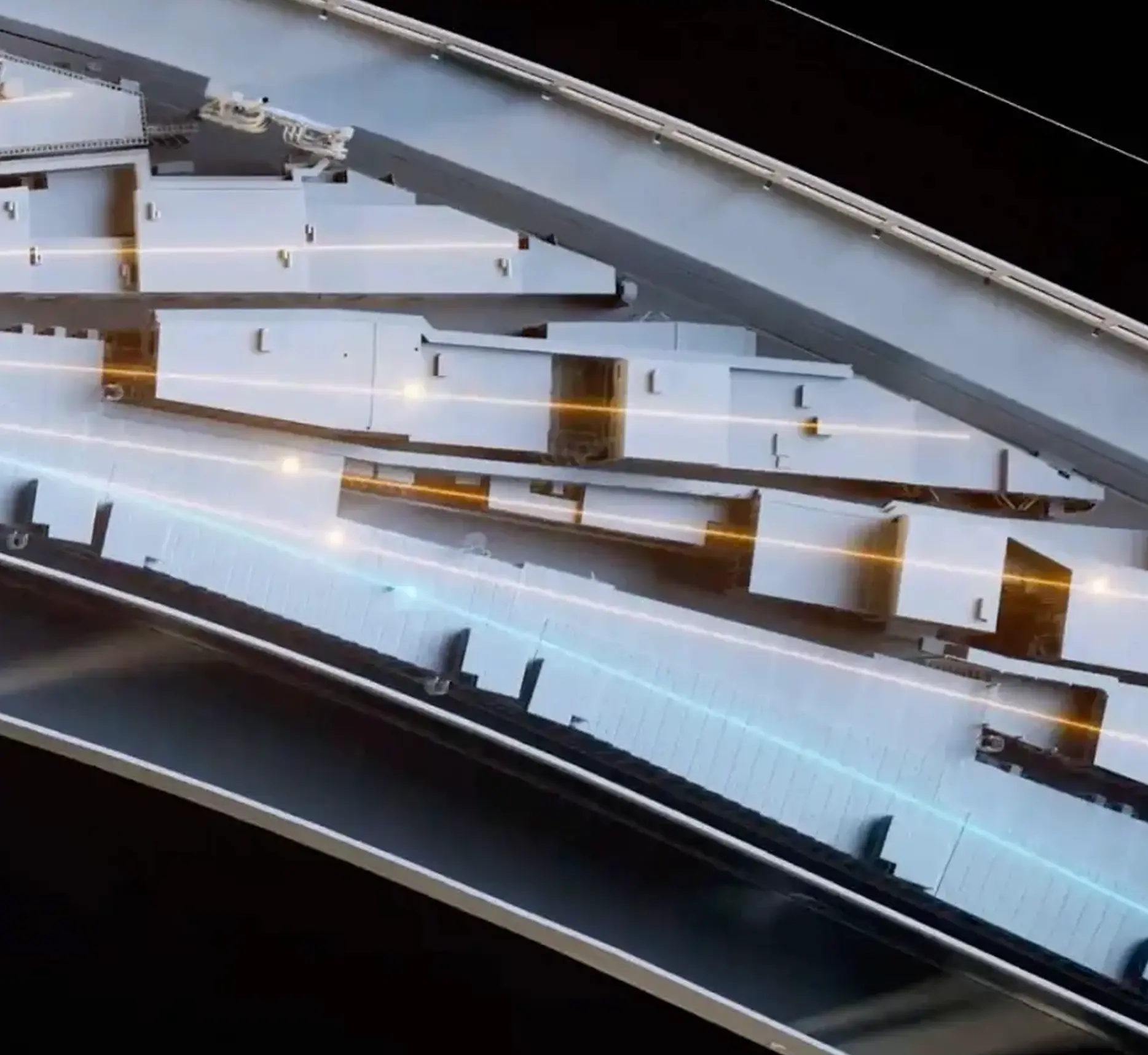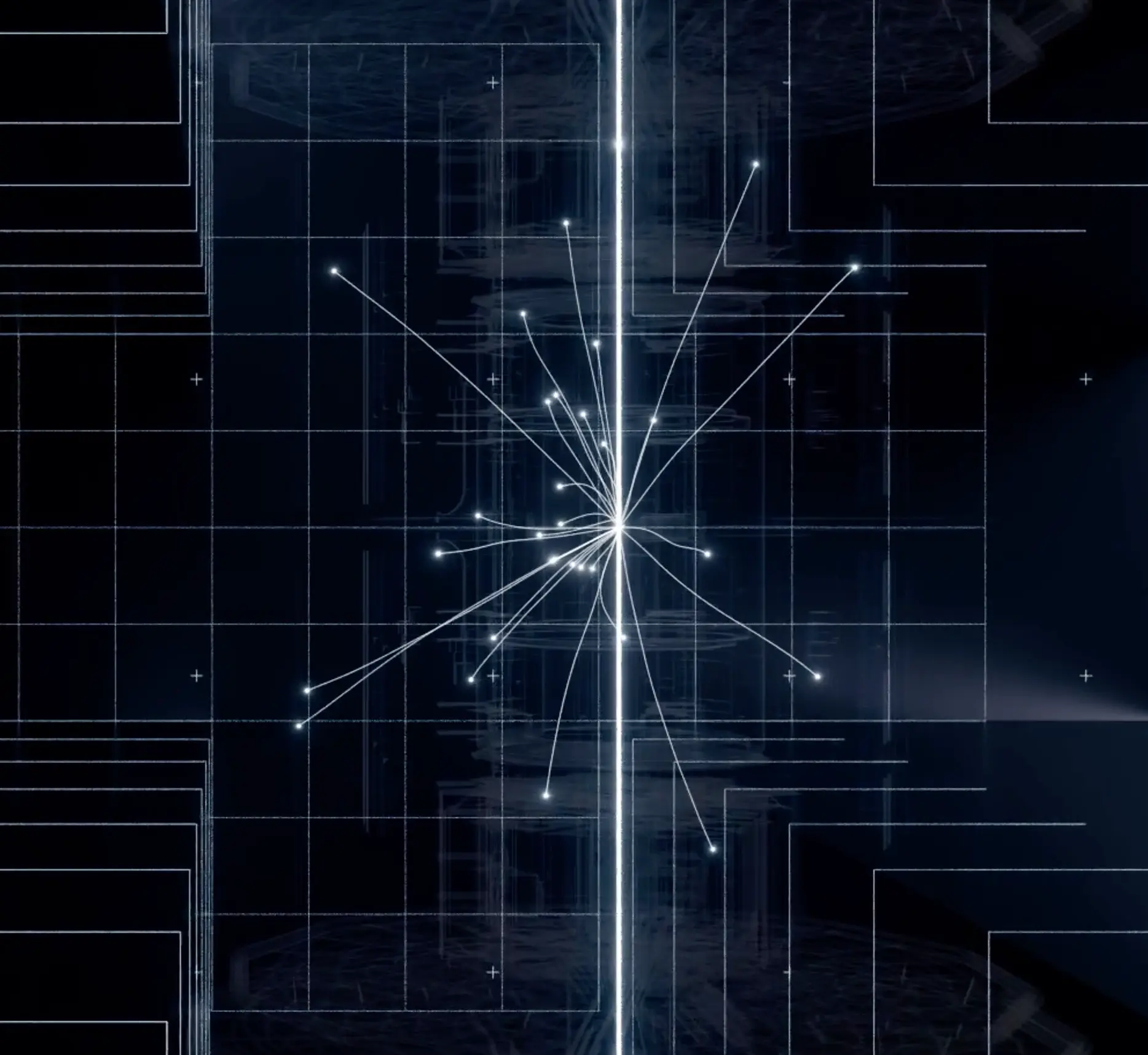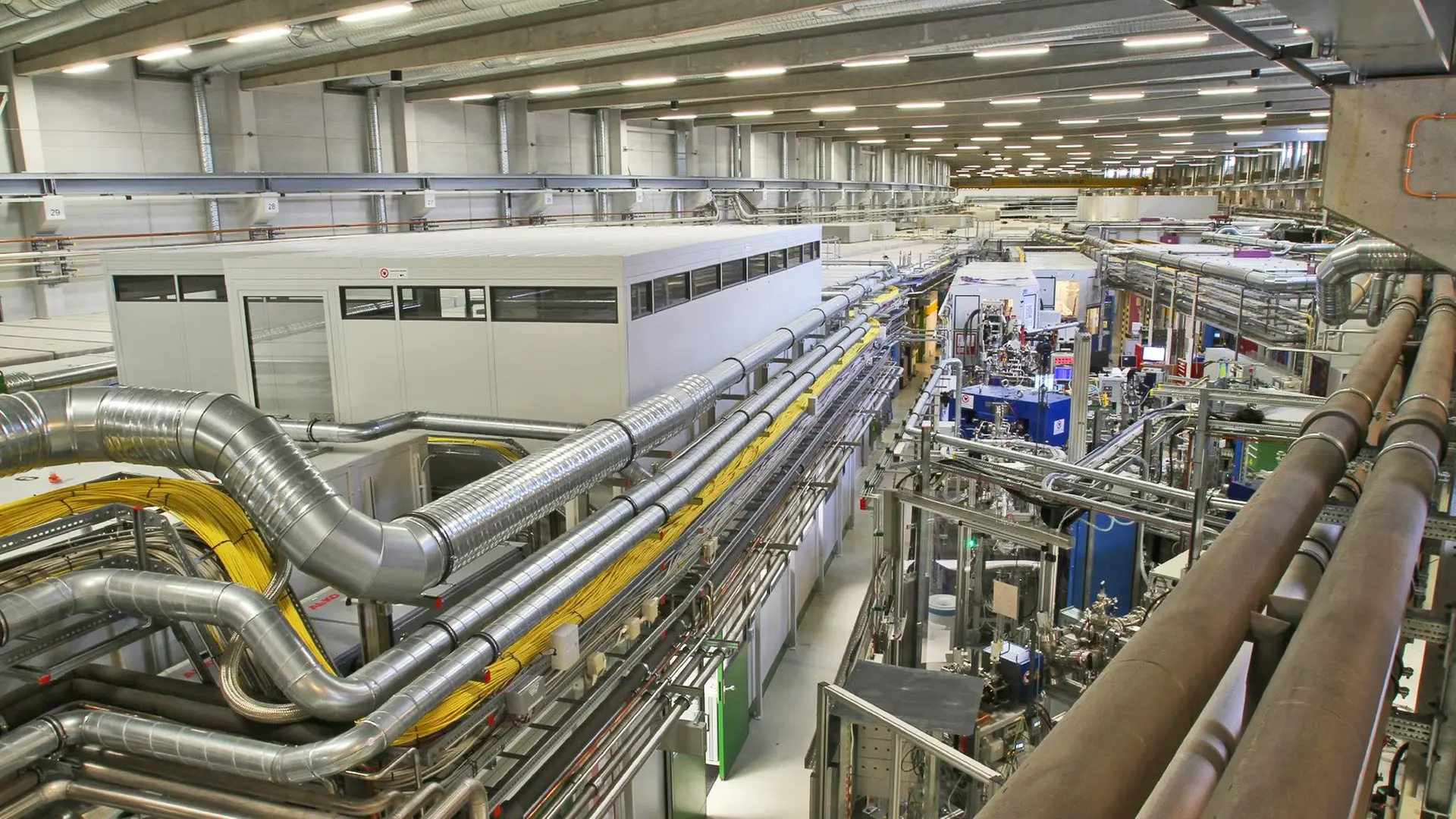
The decoding of matter
The research carried out at DESY is extremely diverse. The scientists who work here are looking for the tiniest building blocks of matter that make up our world, developing innovative high-tech materials and searching for new mechanisms of action for future medications.
As one of Germany’s largest research centres, DESY carries out fundamental research that creates new knowledge and new conceptual approaches. This research is the basis on which the challenges of the future can be mastered: Issues such as energy supply, climate protection and healthcare require long-term thinking, sustainable solutions and new technologies. Research at DESY focuses on four areas: construction and operation of particle accelerators, photon science, particle physics and astroparticle physics.
DESY’s four research areas
Who is behind DESY’s research?
DESY is a member of the Helmholtz Association of German Research Centres, Germany’s largest scientific organisation. As a publicly funded national research centre, DESY is financed to 90 percent by the German federal government and 10 percent by the City of Hamburg and the Federal State of Brandenburg, respectively. DESY employs around 3000 people, including approximately 1300 scientists. In addition, DESY welcomes around 3000 guest researchers from over 40 countries every year. Around 500 doctoral students and postdocs as well as countless master students work at DESY, and over 130 young people complete their vocational training here. The tax money that finances DESY thus contributes to finding solutions to the pressing challenges facing our society through cutting-edge research – and, in addition to thousands of jobs, it also secures the careers of countless highly educated young people in science and society.
DESY operates its own research facilities at its two sites in Hamburg and Zeuthen near Berlin and also participates in major international research projects. Global cooperation and close links with partners from all over the world are essential for top-level research today. In addition, basic research in the service of society involves the active transfer of ideas, knowledge and technologies to science and society, cooperation with industrial companies and support for start-ups.
DESY’s future project PETRA IV
DESY is developing what will be the world’s most powerful synchrotron light source: PETRA IV will serve as the ultimate X-ray microscope for nano research, with outstanding potential for industry and socially relevant applications in energy research, information technology, mobility, the environment and medicine.
DESY’s four research areas

PETRA IV: A discovery machine for uncharted scientific territory
Thanks to PETRA IV's ultrabright X-ray light, researchers will be able to investigate natural phenomena and technical processes in new dimensions.
Learn more about PETRA IV







